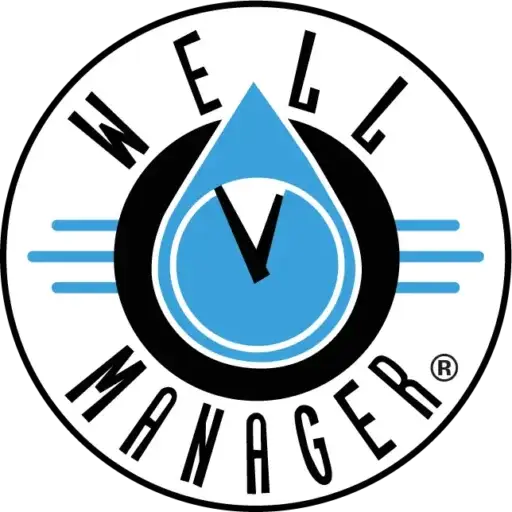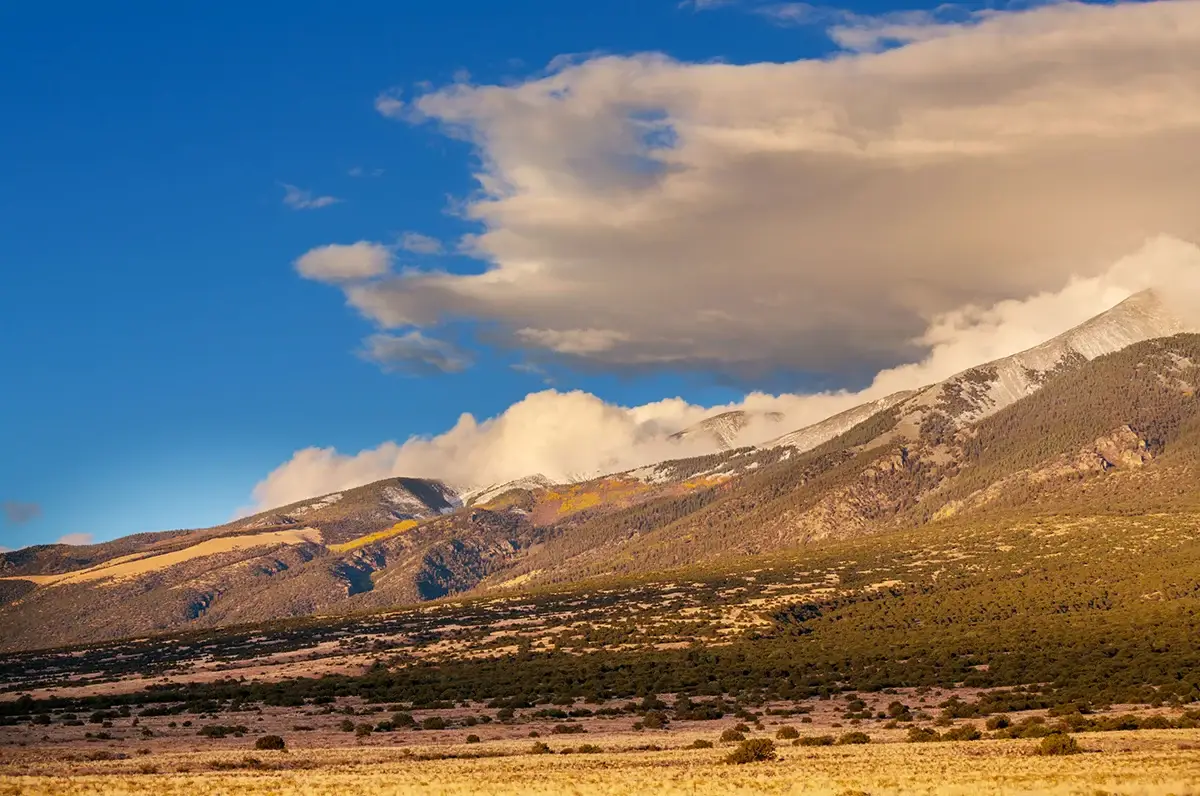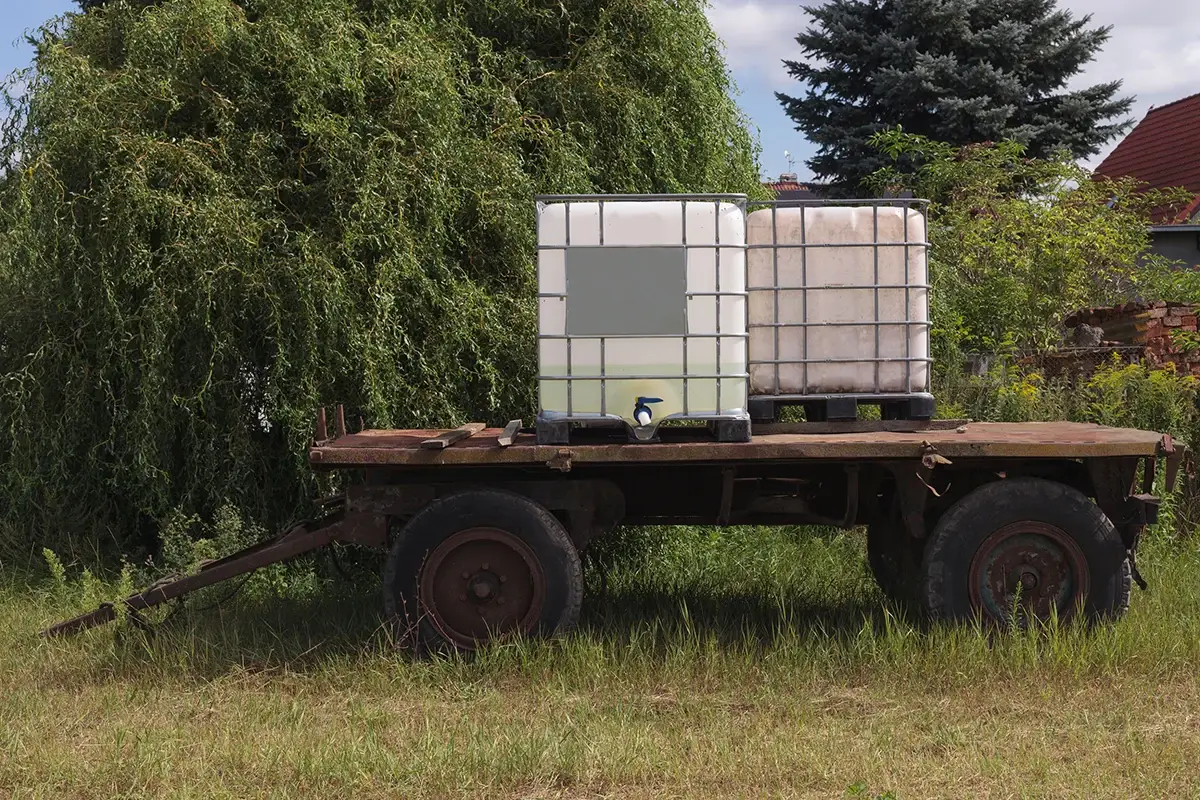The high‑desert plateaus of Colorado’s San Luis Valley are stunning, vast grasslands framed by mountains and laced with centuries‑old irrigation ditches. For many people in Costilla County, however, those vistas hide a precarious reality. Hundreds of off‑grid homes, particularly in the Sangre de Cristo Ranches, depend on hauling water from a nearby filling station because drilling a private well feels like a financial gamble. When the Fort Garland Water & Sanitation District abruptly stopped selling bulk water in August 2025, families awoke to find that the one system they trusted had vanished overnight. Understanding why this happened—and how to prevent it from happening again—is crucial for anyone who aspires to build a sustainable life in the high desert.
If you’ve even found yourself asking how to increase your water pressure, chances are you are not alone. Just remember that you don’t have to live life with a low water pressure well.
A Crisis Triggered by a Single Vote
The cutoff came down to a 3‑2 decision at an August 1 board meeting. The Fort Garland water board, responding to anger from a handful of town residents over lawn‑watering restrictions, voted to end bulk water sales to people living outside the town limits. For those who haul water, the impact was immediate. Families who routinely drove 20 minutes into town to fill tanks at 10 cents per gallon were suddenly turned away. According to a report in The World Journal, the board meeting devolved into shouting, and the district administrator was shushed as she tried to explain deficiencies in the town system. In the days that followed, some residents scavenged water from their neighbors’ wells or drove two hours to Pueblo; others relied on a fire hydrant hookup in the nearby town of Blanca, which was offered only as an emergency measure through August. The panic underscored a painful truth: when you depend on a system you don’t control, you are always one vote away from going dry.
How to Increase Water Pressure: Why Drilling a Well Seems Out of Reach
Many residents have avoided drilling wells because the upfront cost is daunting and the payoff is uncertain. A Colorado builder notes that in the Front Range, a 400-foot well tapping the Dawson aquifer typically costs about $20,000 to $25,000, while wells into deeper aquifers, such as the Denver or Arapahoe, can run $40,000 to $55,000. By comparison, national estimates place the cost of a complete 200‑foot residential well between $6,000 and $16,000—and those numbers climb in rocky or remote terrain. Even at the lower end, the price tag is overwhelming for people living in Colorado’s poorest county. Worse, there is no guarantee of success; hitting water depends on geology, not effort. It’s no wonder that so many families choose cisterns, believing that buying water from Fort Garland will always be an option.
A Deeper Context: Water as a Communal Right
To understand the outrage surrounding the shutdown, it is essential to appreciate the region’s cultural connection to water. The San Luis Valley is home to a network of communal irrigation ditches known as acequias. Introduced by Hispano settlers more than 150 years ago, acequias are collectively owned and governed by their parciantes—small‑scale farmers who each hold a vote regardless of how many acres they irrigate. This egalitarian system treats water not as a commodity but as the lifeblood of the community. During dry years, members decide together who will forego water so that everyone can endure.
That cooperative ethos is now under siege. Developers have approached San Luis Valley communities in recent years seeking to purchase water rights and export the water over Poncha Pass to Front Range cities. Advocates warn that those deals turn thriving villages into “ghost towns”. Meanwhile, giant industrial farms and high‑tech irrigation systems are depleting the aquifers beneath the valley, and Costilla County’s population is roughly half what it was in 1950. Against this backdrop, the sudden closure of a water filling station is not a small inconvenience; it is a direct threat to a way of life built on cooperation and self‑reliance.
Securing Independence: Turning a Low‑Yield Well into a Long‑Term Supply
The crisis in Fort Garland underscores the risks associated with relying on a single public system. For homeowners who want true independence, the question becomes how to make a well viable without wasting money or water. The key lies in managing low‑yield wells effectively. Even a well producing as little as 0.25 gallons per minute can support a household if you let the aquifer rest between pumping and store water for later use. This is accomplished by drawing water slowly and intermittently into an atmospheric tank, then using a water pressure booster to deliver steady pressure to the home. By decoupling demand from the well’s production rate, such systems protect the aquifer and extend pump life, while giving homeowners the kind of pressure they expect from a municipal supply.
Installing a well and management system is a significant investment, but it provides more than convenience. It means your family won’t be caught in the crossfire of local politics or left scrambling when a pump fails or a vote goes wrong. It also aligns with the acequia tradition of stewarding water responsibly. By drawing only what the aquifer can replenish, you contribute to the long‑term health of the groundwater you share with your neighbors.
Moving Forward
For many in Costilla County, hauling water was never just a chore; it was a way of maintaining an off‑grid dream. The Fort Garland vote shattered the illusion that this arrangement was guaranteed. Securing a reliable water supply in the high desert requires addressing the high cost of wells, respecting the communal values embedded in the acequia system, and embracing technologies that make low-yield wells practical.
If you’re among the residents grappling with these issues, know that you’re not alone. Learning from this crisis and investing in an independent system can provide peace of mind for decades to come. For more information about how low‑yield well management works, or to explore options for your property, contact the team at Well Manager. Together, we can help ensure that water remains a source of life, not uncertainty.
Related Reading
- Five Costly Well-System Mistakes Homeowners Should Avoid (and Why DIY Isn’t Always Enough)
- Ever Wonder Why Groundwater Deserves Its Own Week?
- Low Water Pressure Well: How Much Water Should a Healthy Well Recover in One Hour?
- Why Heavy Spring Rain Doesn’t Always Fix a Low Water Pressure Well?
- How Do You Permanently Fix Low Water Pressure Well Without Drilling a New One?



